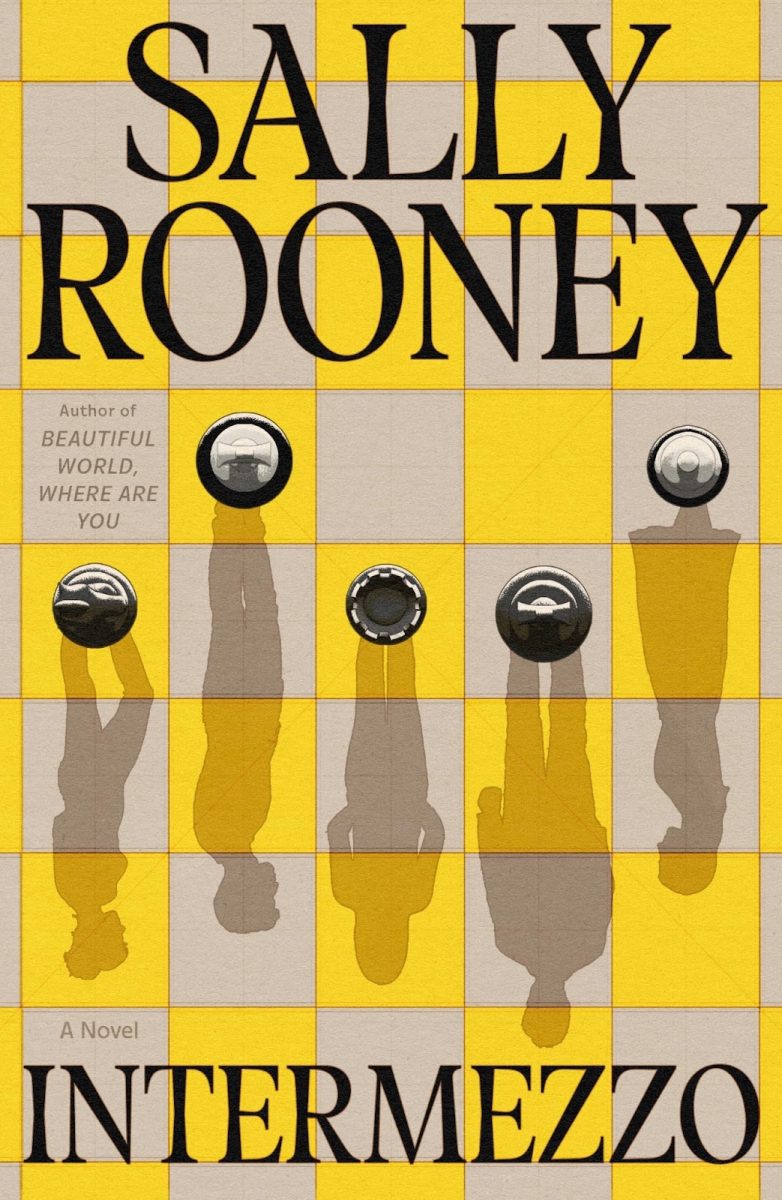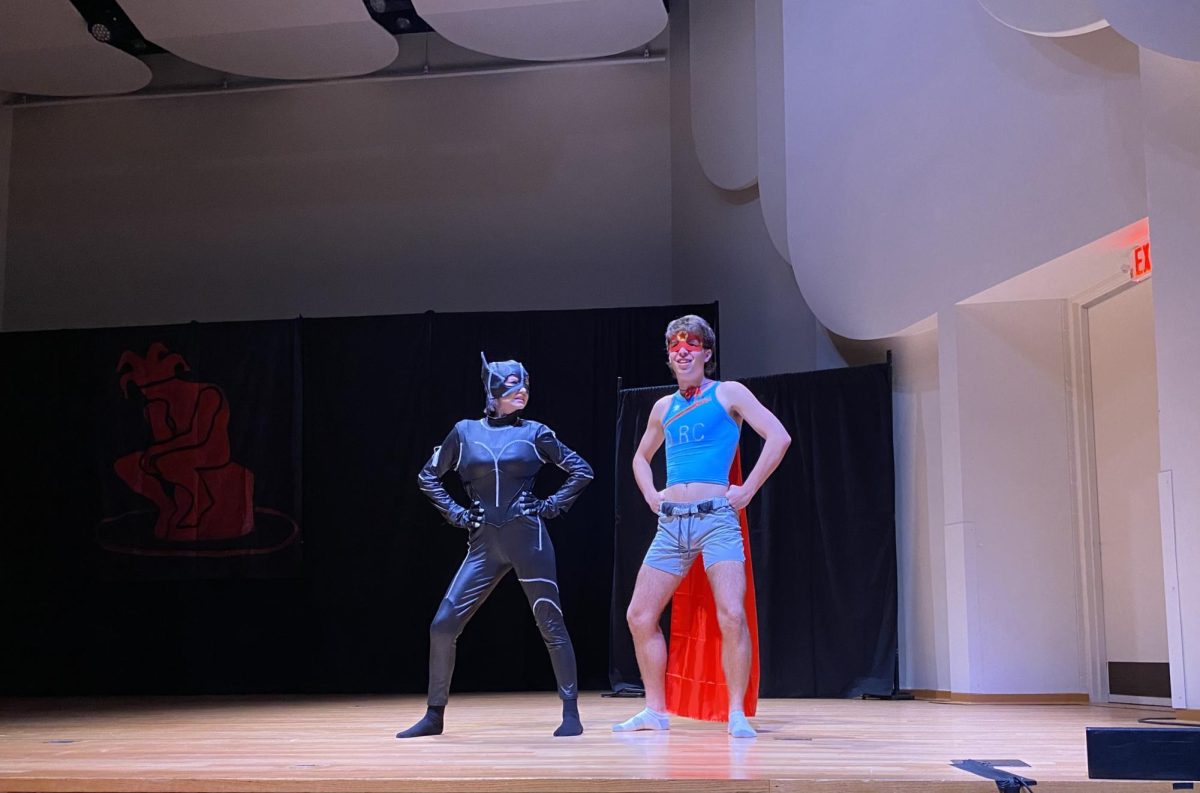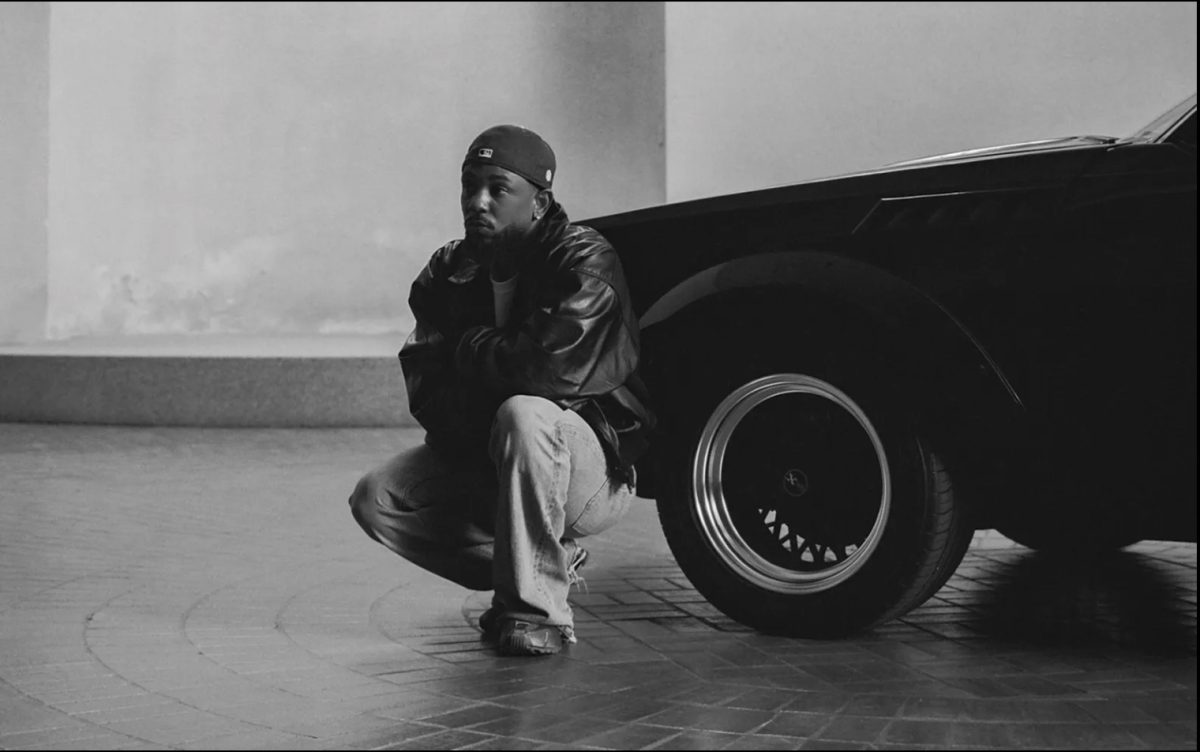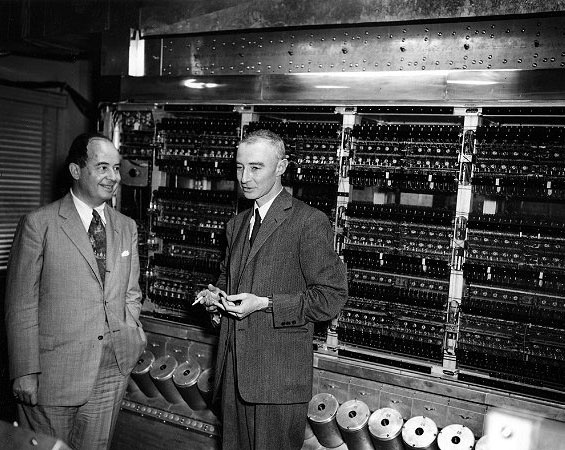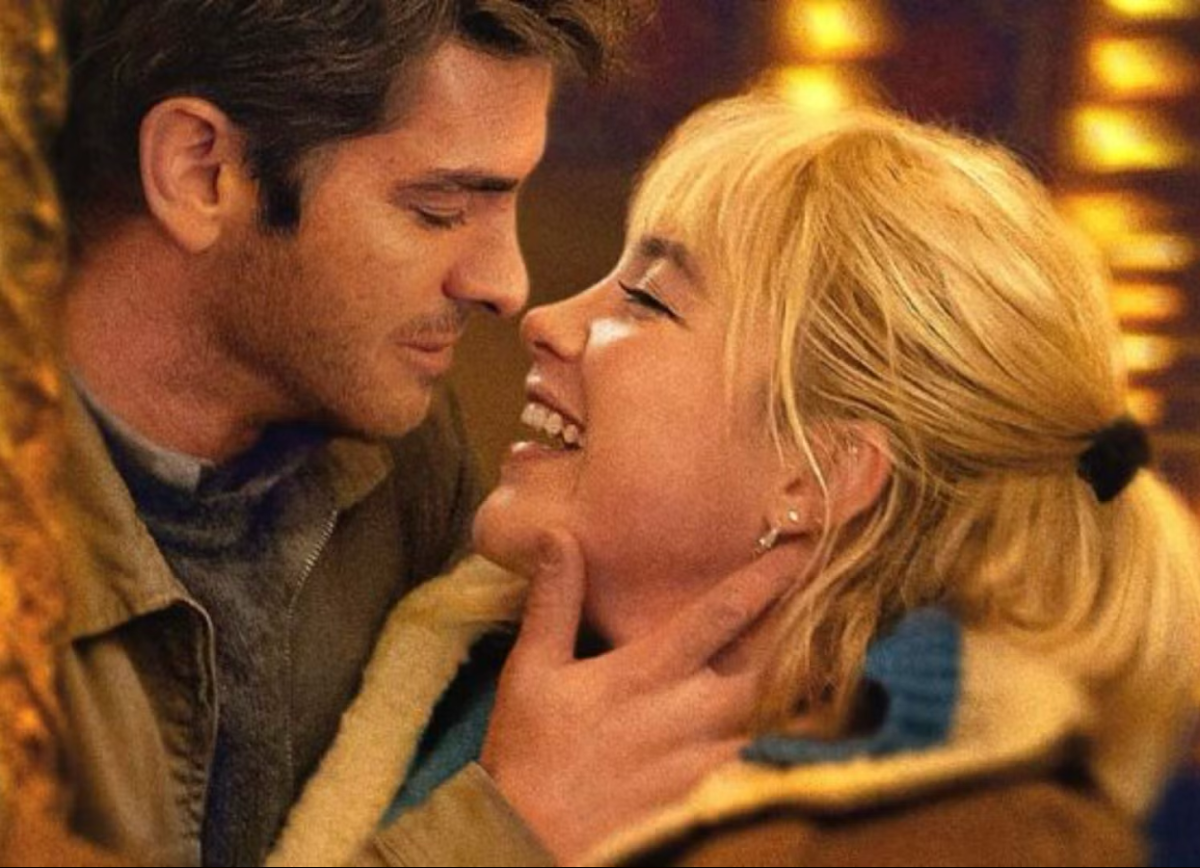Sally Rooney has never disappointed in making love seem entirely depressing
The young Irish novelist also has yet to disappoint in sparking controversy and discourse among the reading community. Some take issue with her spare prose, which has garnered many comparisons to Ernest Hemingway, while others find fault in a lack of representation. She’s been dubbed “the Salinger of the Snapchat generation.”
Indeed, Rooney has accomplished something very remarkable in the literary sphere: fostered a fan base beyond a small subset of niche enthusiasts. Not unlike Haruki Murakami, who’s found his place in every household library, Barnes and Noble chain and small business bookshop, Sally Rooney seems to transcend the reading community cliques. People have a lot to say about her.
“Intermezzo,” Rooney’s most recent publication from September of this year, received mixed reviews. While doing preliminary research, I stumbled upon critics of pacing and general pleasantness. Right below, gushing about tear jerking storylines and relatable characters. This is all fairly consistent with Rooney’s other books: “Conversations with Friends” (2017), “Normal People” (2018) and “Beautiful World Where are You” (2021) — which received similar hot-and-cold feedback.
“Intermezzo” tells the story of two brothers — 32-year-old Peter, a successful Dublin lawyer, and 22-year-old Ivan, a competitive chess player, who is the shyer, more socially awkward counterpart. The loss of their father acts as the inciting incident, the catalyst to a story that will follow not only their grieving process but the self-sabotaging messiness of their interpersonal relationships. The title stems from a chess strategy known as Intermezzo, or as Chess.com would define it, an in-between move that is both unexpected and exalts an immediate reaction from the other player. This metaphor is a fairly on-the-nose depiction of the brothers’ tumultuous dynamic and often illogical relationships.
To Sally Rooney, romance is a vessel for cultural commentary and analysis. In “Normal People,” Connell and Marianne’s relationship is nonlinear. The novel reads like an accumulation of vignettes that explore love, and the ways socio-economic status, mental health and history of abuse could impact that love — all through the lens of a coming-of-age. These layers provide depth to an otherwise very simple idea: boy meets girl, girl meets boy.
“Intermezzo” is similar in that its foundation is an examination of human connection in its most raw, melancholy form. The brothers’ dynamic is central, but their separate storylines are complex and relevant. Peter is torn between two women: Sylvia, his long-term ex-girlfriend, who left him after suffering a severe, permanent injury in a car accident, and Noami, an edgy 23-year-old college student who relies on Peter financially, although their relationship from Peter’s perspective is hardly transactional. Ivan’s character experiences a more intimate love story in 36-year-old Margaret. The pair meet at a chess event and spend the night together. Margaret is concerned about the social consequences of being in a relationship with a younger man, and they keep their romance hidden.
Many reviews have the same redundant criticisms of “Intermezzo” as Rooney’s previous work: boring, pretentious, angst for the sake of it. Her absence of quotations is read as a choice made to be “different” rather than for rhetorical symbolism. These are Rooney’s trademarks, and it feels unfair to judge a book by something that was undoubtedly going to be in it.
What did offend me, however, was the recycling.
A careless, charismatic individual who is unhappy and unsatisfied is combined with an ostracized academic who is radical and misunderstood; age-gap romances; dysfunctional families; secret lovers; a discussion of the haves and the have-nots — these are not remotely unique to “Intermezzo,” or any of Sally Rooney’s books for that matter, and I wanted to see something fresh.
“Intermezzo” was an entertaining read, but it also fell short in many ways. I had such a visceral reaction to “Normal People” and even “Beautiful World Where are You” that “Intermezzo” simply failed to evoke. Sure, there were a few tears — a few hours spent contemplating the novel, but nothing to gush over. The writing itself read more like stand-up poetry than chic Hemingway minimalism, and her characters — while round and detailed — were just pieced together by previous works.
A different reviewer, Hugo Gerbich-Pais, at the Rice University Student Newspaper, described reading “Intermezzo” as a “degrading” experience, and I simply cannot think of a better way to put it. “Intermezzo” is by no means enjoyable, but you want to see it through simply because of this hope it will get better for Ivan and Peter. Here lies Rooney’s mastery in that she can make you hate a character for everything in them you see in yourself. It’s that line between a reader’s emotions and the characters’ emotions that “Intermezzo” seems to dance on.


